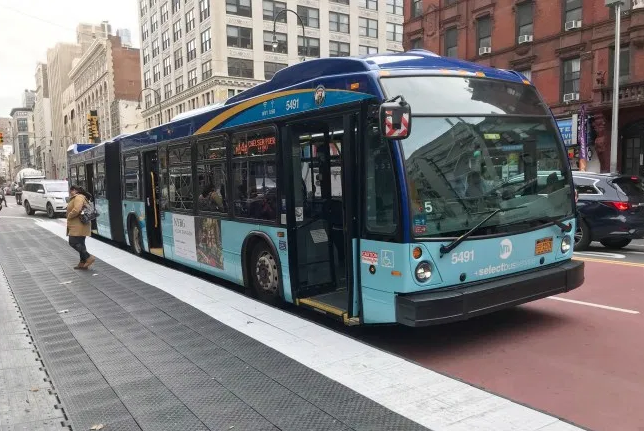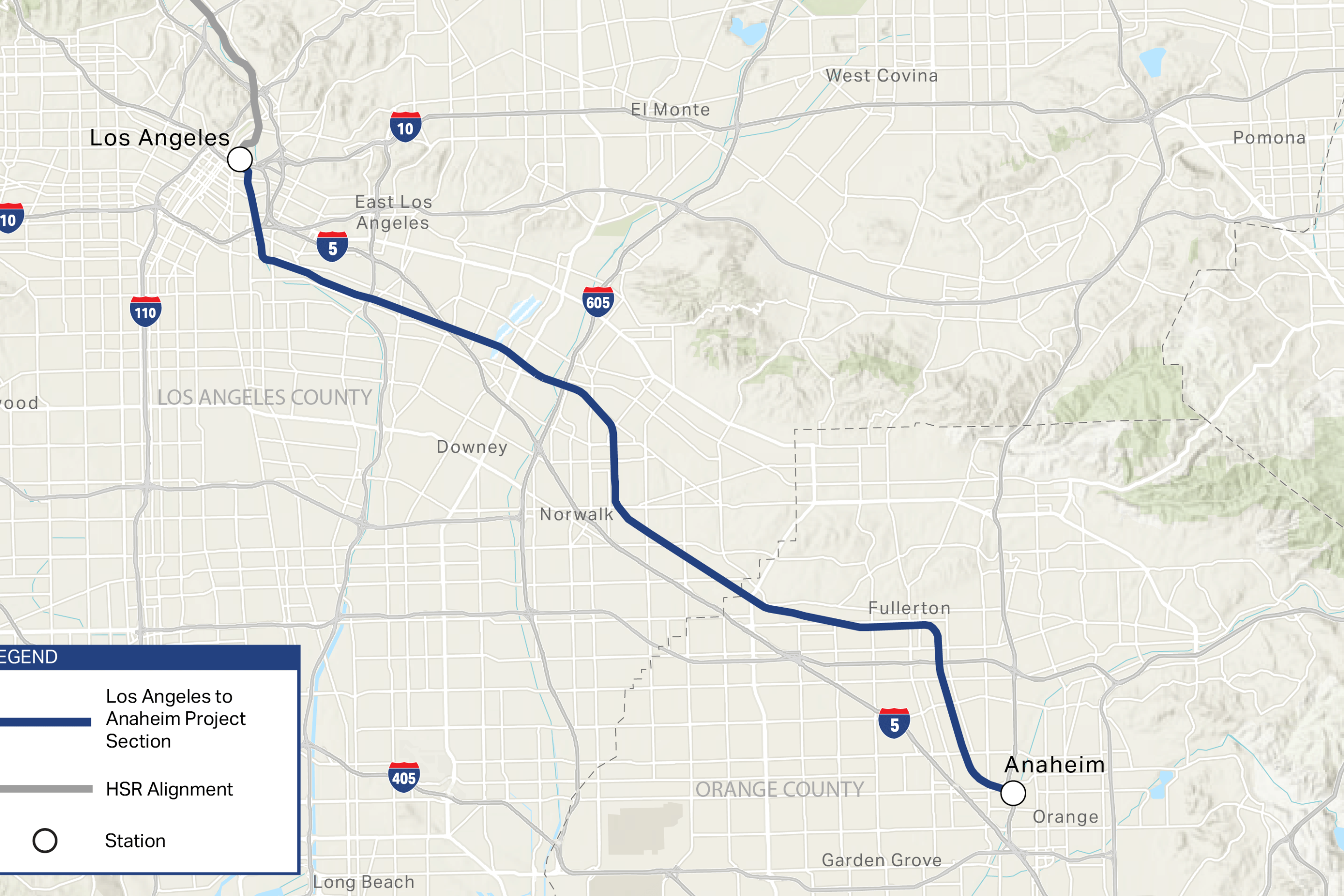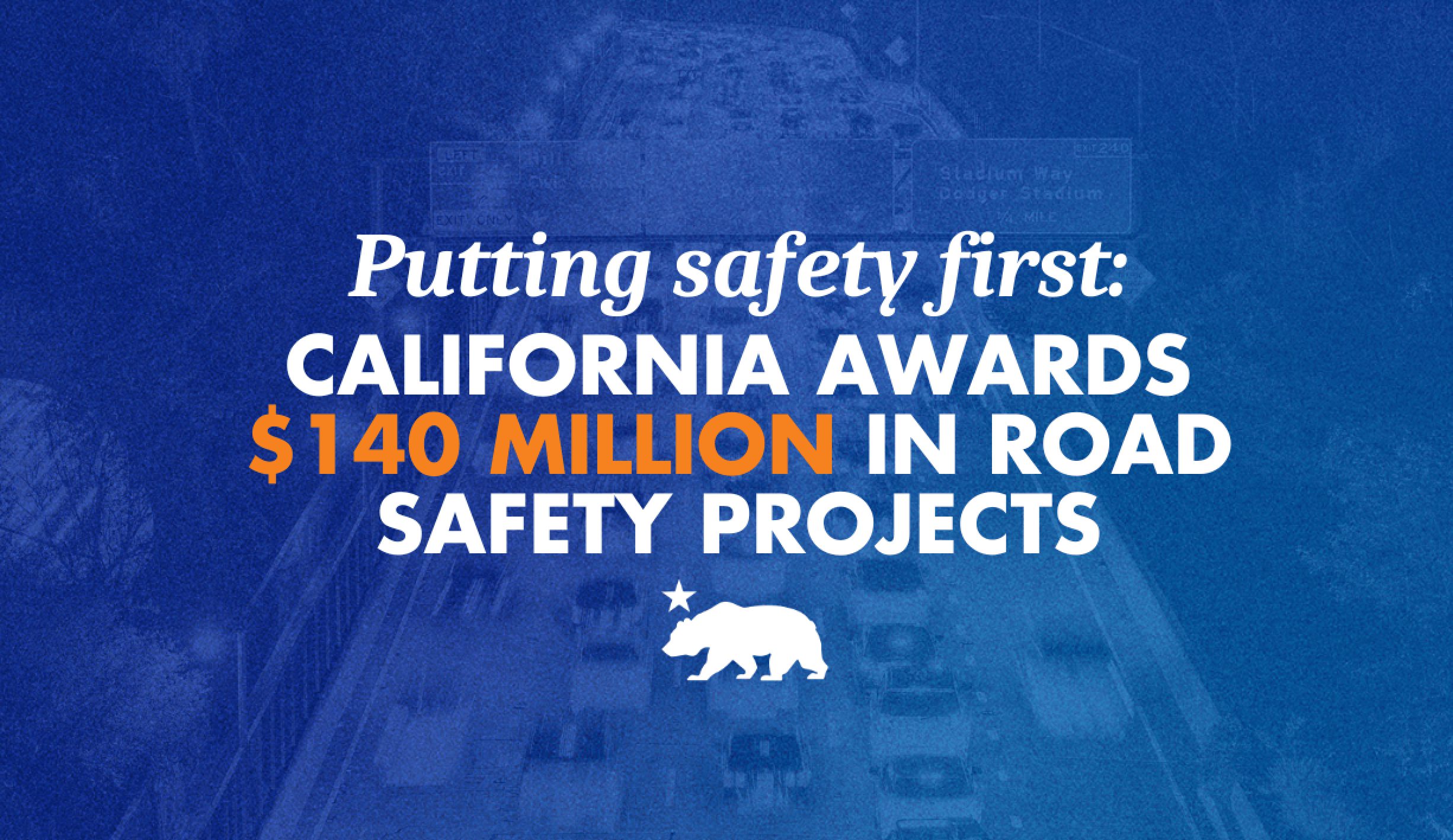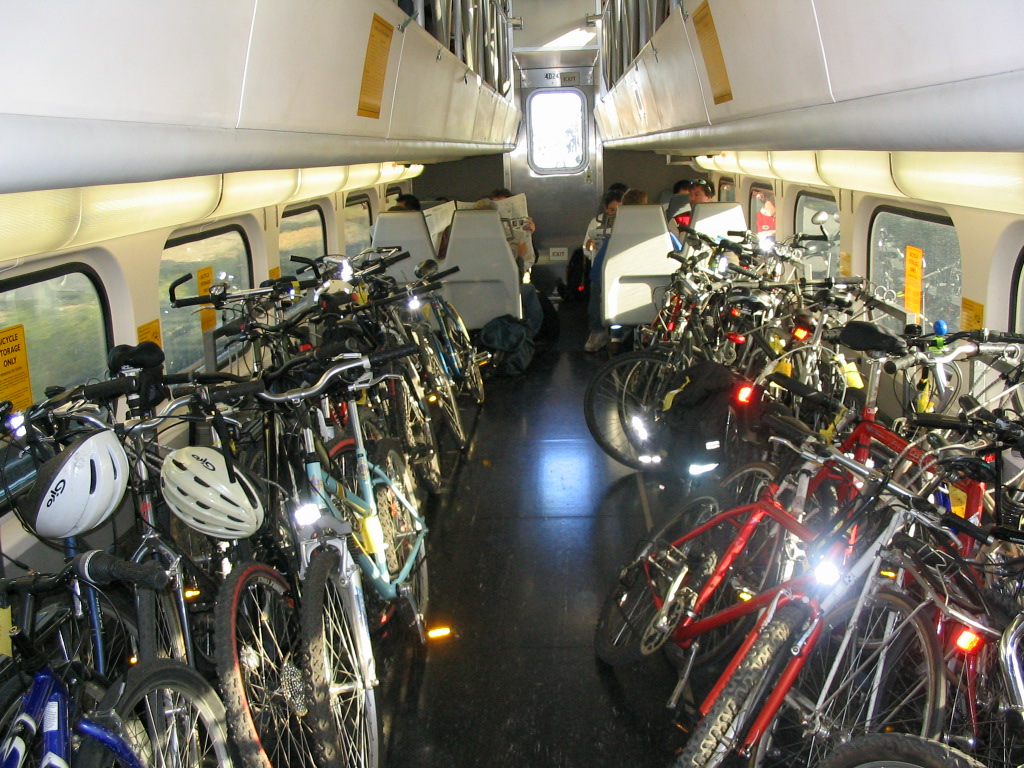
Remember that classic image of 50 people in 33 cars versus just one bus? It shows a street that’s almost blocked by 33 cars, and then that same street, empty except for that one bus. The point: that many more people could go from one place to another in much less space, if they all travelled in the same vehicle.
Today, coronavirus has shaken up public transportation — fares have been eliminated, people are being asked to avoid it, ridership is down. And some places have put limits on bus occupancy to maintain social distancing — so maybe two buses will be needed instead of one, which is still better than 33 cars. But the question remains: is social distancing in buses a feasible option?
Most agencies looking to bring back service are concerned with the human factor: bus drivers and passengers. They want to protect bus drivers from infection, using rear-door boarding and forbidding getting too close to drivers. They also want to earn the confidence of passengers, by disinfecting and issuing public service announcements of proper distancing and hygiene.
In focusing on disinfection and driver safety, it’s easy to miss one important fact with regards to social distancing: it has a huge effect on buses, or, to be more precise, on how many buses an agency needs in order to run the service.
Typically, transit agencies estimate overall ridership on routes (looking at demand, using surveys etc), the times when this ridership occurs, and the types of ridership (school related trips, seniors, people commuting to work, leisure-related commutes etc). Additionally, there are assumptions and data about the timing of peak use of public transit and off-peak use.
But all this data is probably irrelevant now — school are mostly closed and unemployment is, unfortunately, high. Additionally, when and how ridership will go back to normal is anyone’s guess. In Shanghai, ridership is almost back to normal with no social distancing. A survey of more than 1,000 Londoners showed that 24 percent of Londoners plan to use the tube and 21 percent said they will use buses — down from 36 percent and 32 percent, respectively. At the other side of the spectrum, the UK’s transport secretary has said that social distancing can mean that the system will run at just 10 percent of its capacity if a distance of two meters needs to be maintained between passengers. How this will play into ridership is anyone’s guess.
Clearly, social distancing — or rather, the policy decision of whether to enforce social distancing on public transit — is a huge factor. It makes sense that social distancing is better for reducing transmission of the virus — the question boils down to whether it is feasible at all.
In the case of buses, there are two ways of dealing with social distancing. One is to have buses stop boarding passengers once the “magic number” has been reached — 15, 20 or 25 passengers. The method to do this is up in the air: should the bus operator track this? Should there be another staff member enforcing distancing and counting passengers? Should the passengers themselves be responsible for this? And what does the bus do at that point? Not make stops? Order a standby buffer bus that would get to the stop once the first bus is “full”? Increase the frequency, even double it?
The problem is evident: if ridership resumes, then we may need double the amount of buses or risk providing a degraded service where people wait for the bus only to see it pass without stopping, with 20 passengers inside.
Scheduling and planning socially distant bus service will be complex. Instead of the classic bus timetables and operational schedules, made from layers upon layers of historical decisions, agencies may need to plan service anew on a weekly basis, to deal with different peak times, fluctuating ridership and social distancing requirements.
This is a huge challenge and one whose success can impact urban economies and people’s ability to provide for themselves. A policy-based, reasonable decision needs to be made with regards to social distancing, so that agencies can begin planning their exits from COVID-19 service reductions in a way that makes sense for them, for the vision of better bus service and for the ecosystems they serve.
Amos Haggiag is co-founder and CEO of Optibus, a cloud-native mobility platform for public transportation.






